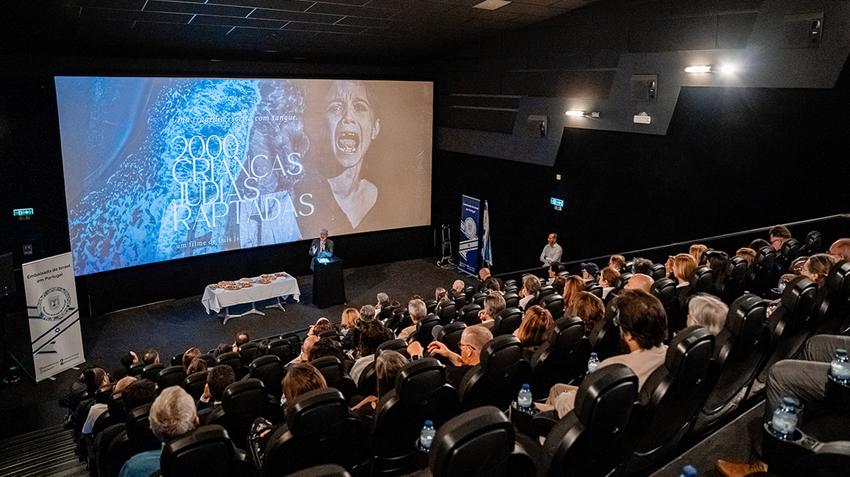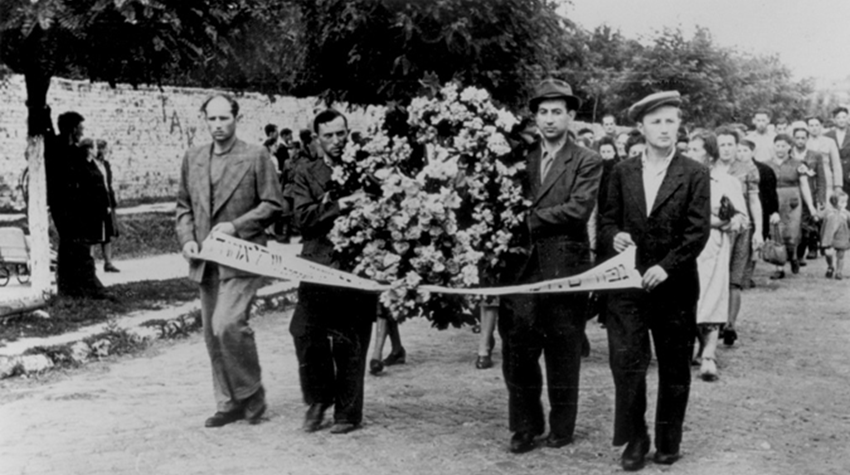Antisemitism is growing worldwide. Holocaust education failed. It was a mistake to isolate the Holocaust from the rest of Jewish history or contemporary struggles. It must be seen as part of the narrative of Jewish history that stretches back to the destruction of the Jewish commonwealth by the Romans to today.
The history of Jews in Portugal continues to be told by the Jewish Community of Oporto that operates a Jewish museum, a Holocaust museum and that has also produced cinematographic works based on facts. On the same day that it became known that the documentary film "1506 - The Lisbon Genocide" (premiered on April 19) together with its trailer, has already reached more than 2 million views on YouTube, the Oporto Jewish Community informed that it is producing the film "The 2000 Exiled Jewish Children". The script had the technical support of the "Cátedra de Estudos Sefarditas Alberto Benveniste" at the University of Lisbon, and the premiere will take place during 2024.
The events referred to in the film now announced occurred in 1493, when about 2000 Jewish children up to the age of eight were torn from the arms of their parents, converted to Catholicism, and sent by boat to the island of St. Thomas, 7500 km away. This was a dangerous voyage, lasting more than a month, which had never been undertaken by other experienced sailors.
The parents of these children, who had arrived in Portugal in the previous year after the expulsion from Spain, had been unable to satisfy the king's desire to make hospitality profitable. Anyone who did not pay the required tribute to the monarch or was in Portugal clandestinely, became the property of the Crown.
Dressed in coarse cloth, like slaves, the docile children embarked together with other slaves and criminals who were given a chance of survival in St. Thomas. Most of the children, suffering nightmares and loneliness, succumbed during the long journey and their bodies were thrown into the sea. They suffered from strong swells, seasickness, scorching sun, freezing nights, sleeping in the open, physical punishment, lice, cockroaches, rats, poor diet, dehydration, disease, and dirt.
The children who survived the voyage were thrown into a human experiment. St. Thomas, then an inhospitable place, was to be their grave. They would never go back to freedom or return to the arms of their grieving parents.
The island was a volcano with a massive shroud, enveloped in a dense fog that produced thunder and lightning. It was a place unfit for colonization, due to the poisonous vapors, unhealthiness, absence of civilization, intensity of the heat, high fevers, and danger from the animals that inhabited it. In the Jewish world it was called ‘I HaTaninim’, the "Island of Crocodiles", because it was said to be inhabited by huge crocodiles that swallowed people alive. The beauty of nature turned into a nightmare when those animals were looking for prey.
Miraculously, there were survivors among those unfortunate children. They survived the rigors of the journey and the dangers of their new home. They were fruitful, multiplied, and the island became rich in sugar, wines, meat and cheeses.
In the following centuries, St. Thomas had a strong presence of Jewish businessmen in the inter-continental trade and plantation owners involved in the exportation of the sugar cane and the sugar industry to Brazil, a country where many of the descendants of those exiled Jewish children are supposed to have emigrated.


































